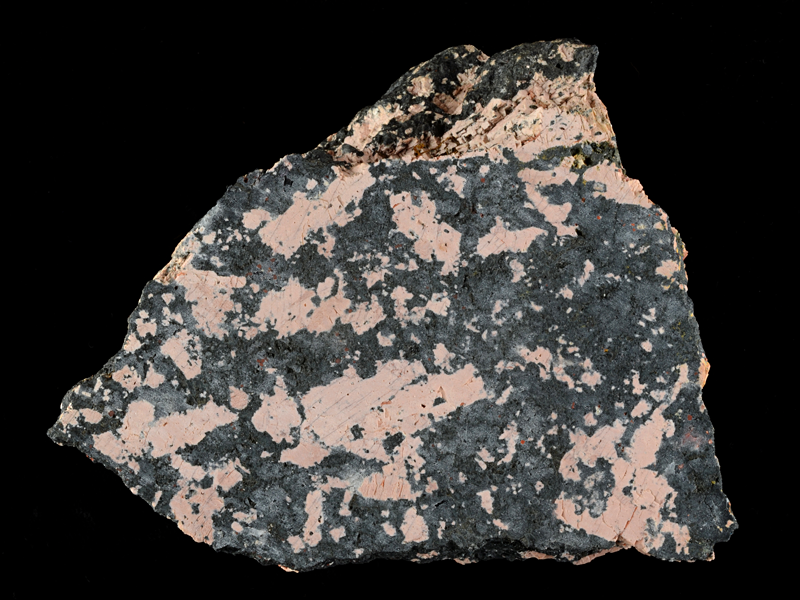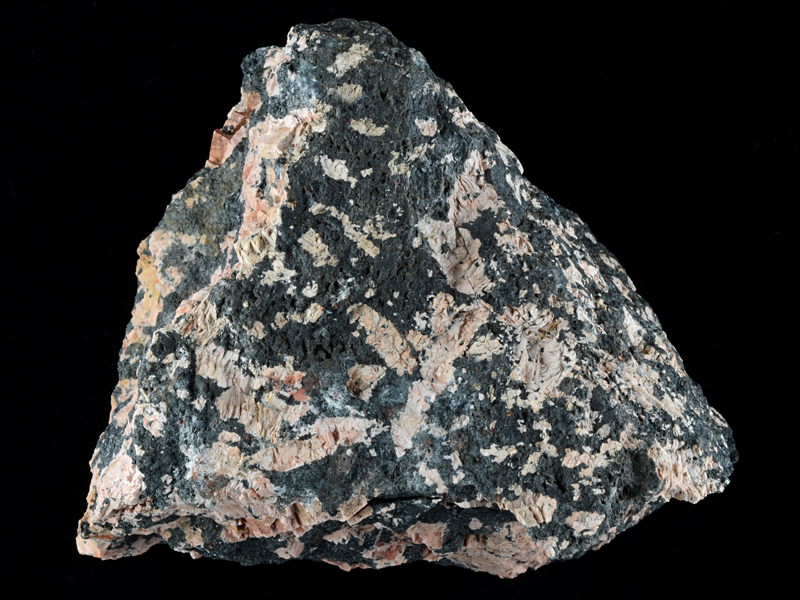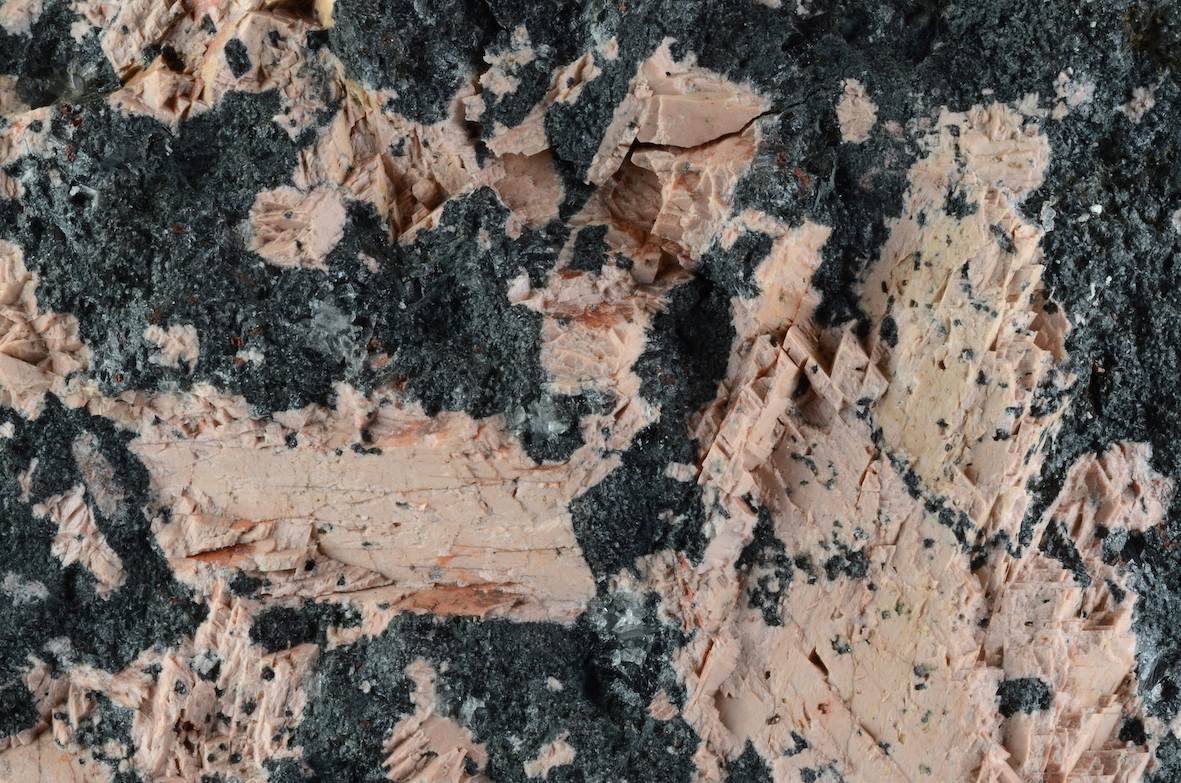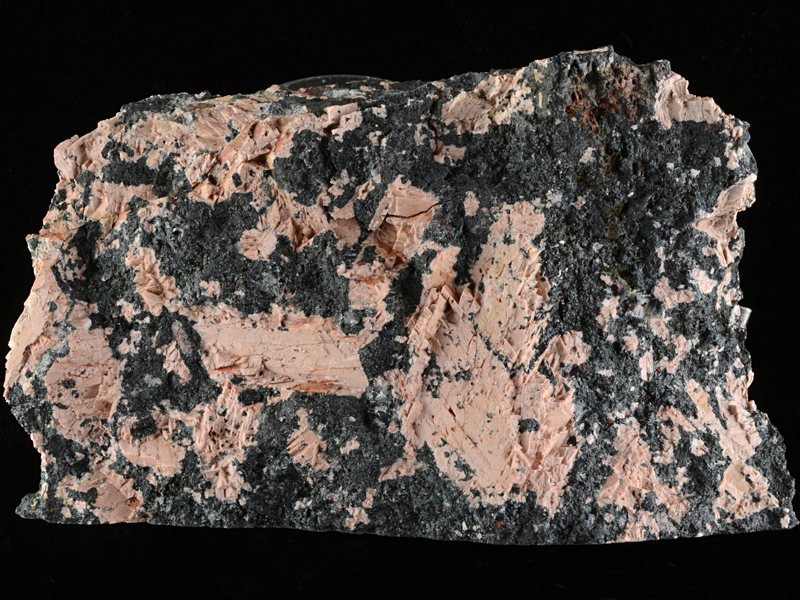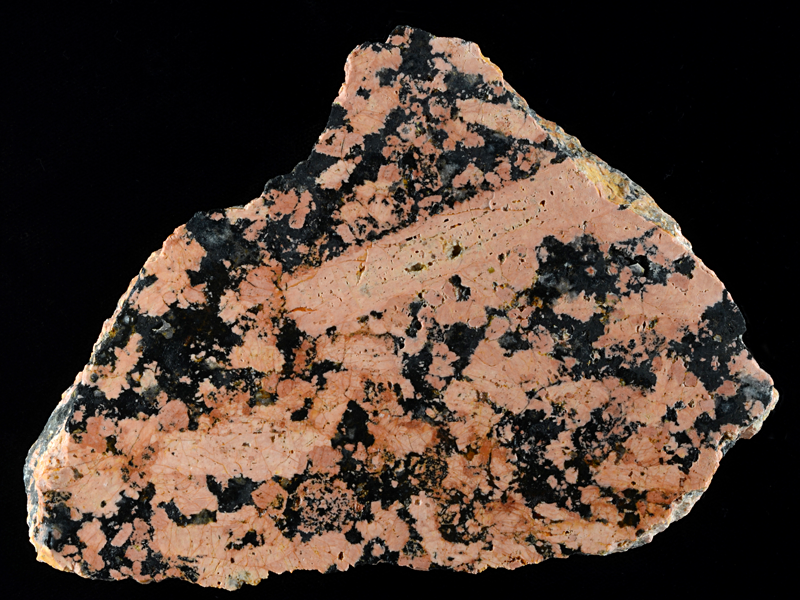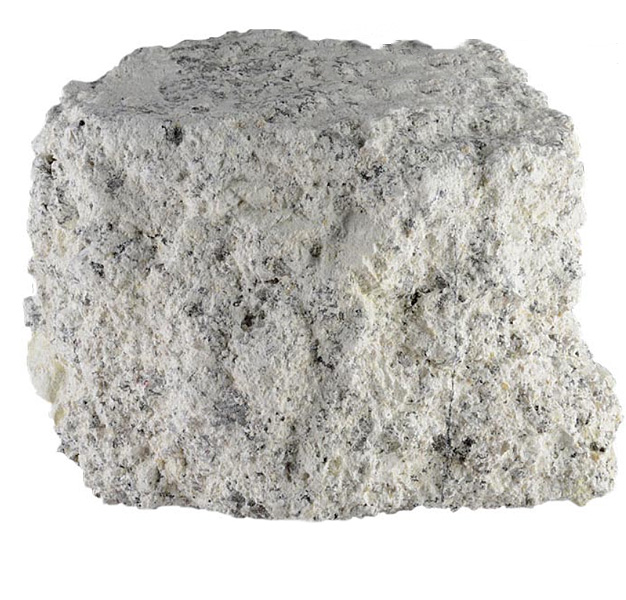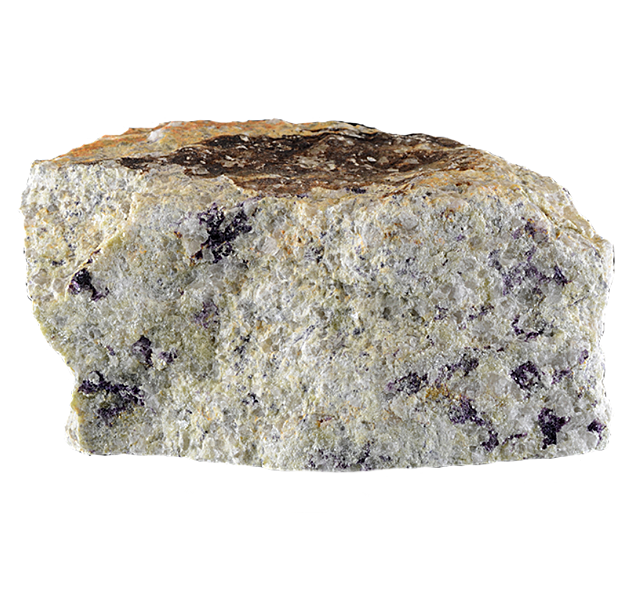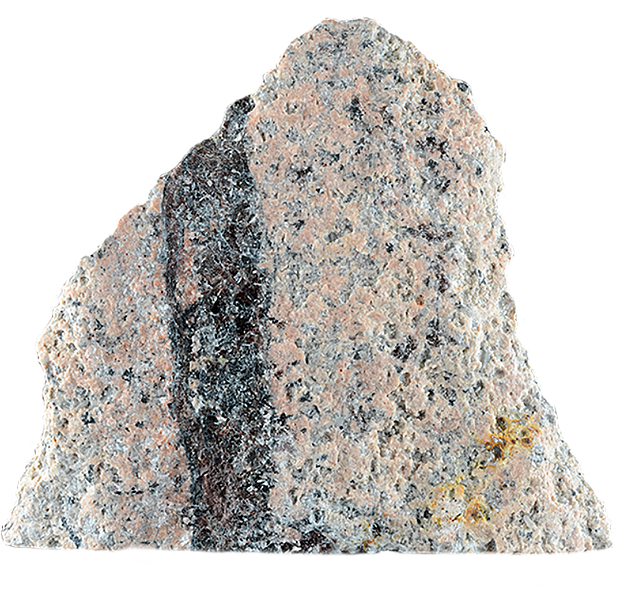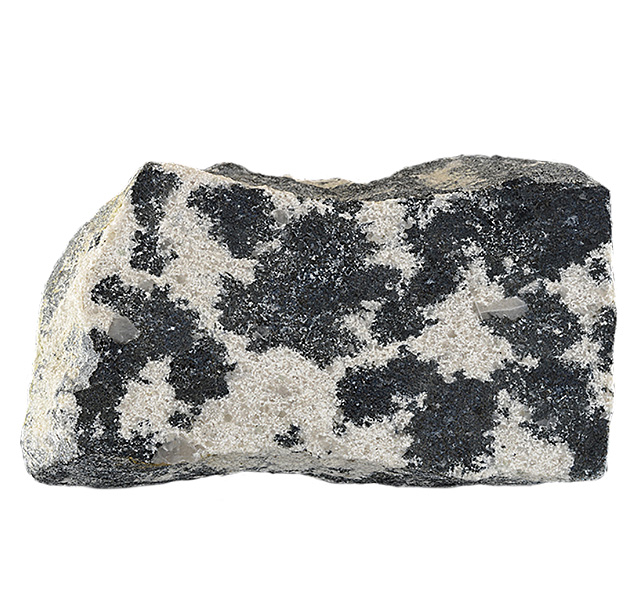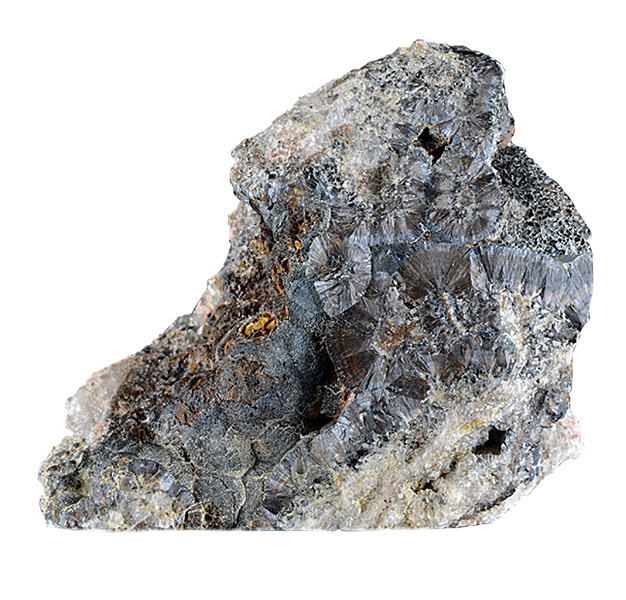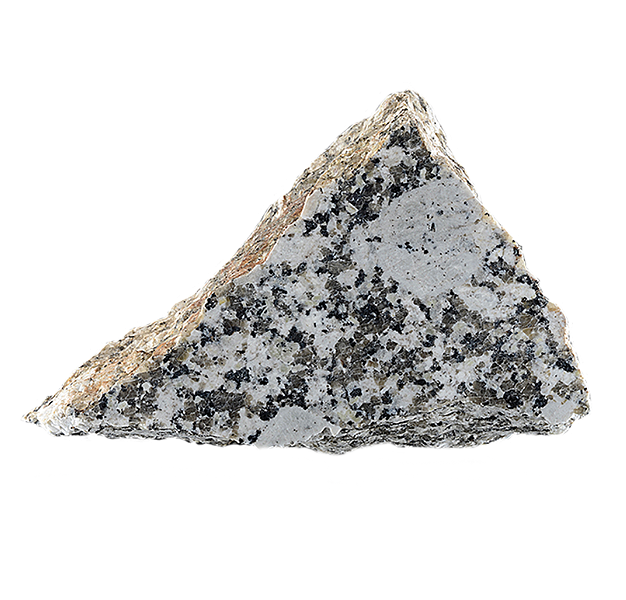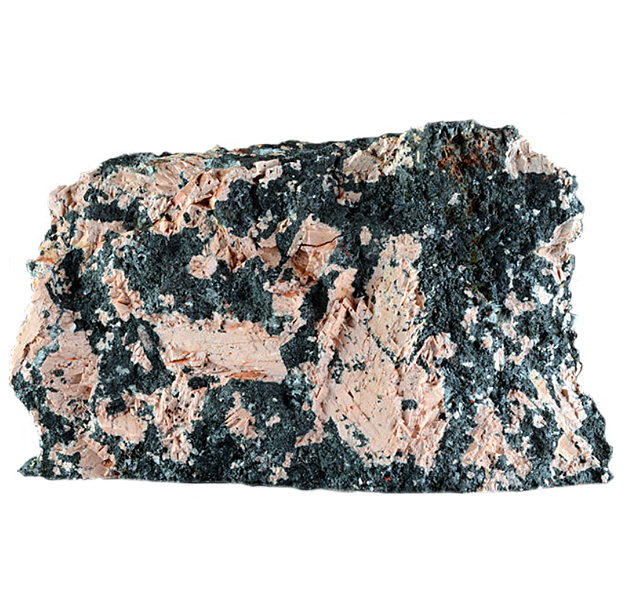
Fact sheet
Luxullianite is a rare type of tourmaline-rich granite named after the village of Luxulyan in Cornwall. Luxullianite is formed from boron-rich pegmatitic fluids caused by fractional crystallisation of the earlier biotite-rich St Austell granite complex, which formed around 280 million years ago by partial melting of the lower continental crust during the Variscan orogeny. In hand specimen the rock appears to consist of two main parts – striking salmon pink tabular feldspar shapes, and black tourmaline that appears to be infilling voids.
This sample of Luxullianite illustrates two phases of tourmaline crystallisation: an early blocky magmatic phase exhibiting characteristic tourmaline colours, and tourmaline radial sets of needles forming ‘suns’ that grew late in the formation of this rock. Crystallisation in cavities has allowed the rock to develop fine rosettes of acicular crystals with characteristic brown-blue-green pleochroism and vivid birefringence. Zircon and the tin ore mineral cassiterite complete the mineral assemblage.
A case study of the St Austell granite complex in Cornwall, England, illustrating the range of rocks associated with a granite intrusion. The earliest part of the complex is a siderophyllite (biotite) granite containing muscovite and tourmaline typical of a SW England granite, with many primary magmatic features.
This early intrusion was followed by the intrusion of an evolved volatile-rich magma which was the driving force behind a series of intense hydrothermal processes as volatiles escaped from this magma and helped to establish an extensive alteration halo (aureole). Boron, fluorine and lithium (as well as water) played major roles in the formation of the second intrusion and in the associated hydrothermal processes. Igneous activity lasted around 18 million years from 282 Ma (siderophyllite granite) to 265 Ma (fluorite granite).
